Without wanting to seem ghoulish, I have to admit a fascination with cemeteries, especially the big ones that seem to embody as much effort and aspiration as monumental buildings. In fact, they often contain some serious monumental buildings, as well as a sense of what was valued in their time, and how that has changed over time.
Green-Wood Cemetery, in Brooklyn, belongs in that class, based on size, history and fame, but ironically, although I live a short drive away, I had never visited it, while I've been to Pere Lachaise, and Highgate and others while traveling. So this time, accompanied by a grandson, I took a drive through at least part of the 480 acres, and began a visit that will need to continue past this glimpse.
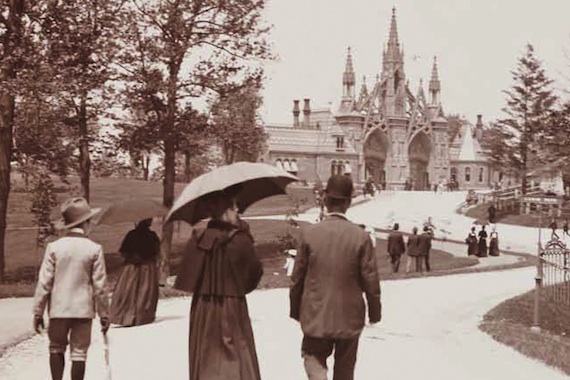
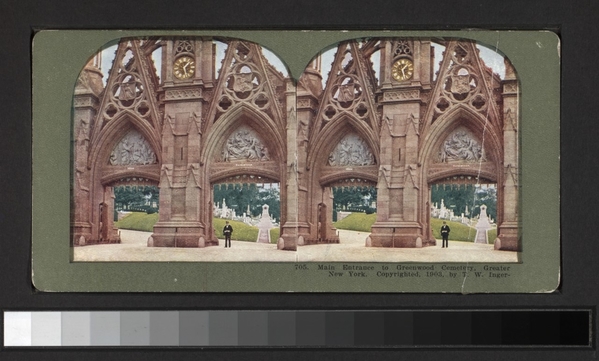
At the entrance gate in 1901, and a stereopticon view from about then.
In 1866, the New York Times said that “It is the ambition of the New Yorker to live upon Fifth Avenue, to take his airings in the [Central] Park, and to sleep with his fathers in Green-Wood.”
I have no numbers for the first two, but by now over 600,000 have made it to Green-Wood, and more are coming all the time, about 5,000 a year according to the cemetery's annual report, although these days there are almost three times as many cremations as burials. These days, apparently, niches in new buildings are more popular than big new memorials.
As for a Who's Who of Green-Wood—the list of the famous could fill endless pages. For Brooklynites, of course, there are the graves of nearly all the families whose names are familiar from street signs: Ditmas, Schermerhorn, Bergen, Lott and more.
There's also Elias Howe, who invented the sewing machine. Louis Comfort Tiffany, Horace Greeley, Leonard Bernstein, Henry Ward Beecher, the Steinway (piano) family, Samuel F.B. Morse, James Weldon Johnson, Peter Coooper, Theodore Roosevelt's first wife and more.
But stepping back to the beginning. Green-Wood was opened in 1838, a time when space for cemeteries in New York City, then limited to lower Manhattan, was running out. At the same time, there was a movement around the world to create park-like cemeteries, away from the city, where the dead could share space with visiting families, picnicers and people looking for a day in the country.
Highgate, Pere Lachaise and Boston's Mount Auburn were all pioneers of that movement. Green-Wood is modeled most on Mount Auburn, featuring rolling landscapes, lakes and no formal grid. The land chosen for it includes Battle Hill, a Revolutionary War battlefield that's the highest spot in Brooklyn and enjoys a (now somewhat cluttered) view of New York Harbor.
Sadly, from my point of view, at some point the lack of grid became a lack of any real plan of where graves and mausoleums should go—it's as if people arrived at the gate with a casket and were told to bury it wherever they felt like. From dates on stones, that point seems to have happened a bit after the Civil War. As a result, large areas seem not so much filled with stones as littered with them.
Nevertheless, while Central Park and Prospect Park, both inspired by Green-Wood's landscaping have largely taken over as the places for open-air enjoyment, it's still a beautiful place to visit, and filled with many unusual monuments and sculptures. I'll be back to report on some of them after more exploration. Green-Wood runs a number of tours, focuses on art, history and even scandal to highlight its treasures.
Speaking of scandal, here's the tomb of a man who's not supposed to be here; the cemetery rules originally barrrd executed criminals or anyone who died in jail, but William March (Boss) Tweed, who died in jail in 1870 after he and his Tammany Hall ring ripped off New York for what would today be billions, he managed one last sneak: a ticket to Green-Wood.
Green-Wood is, obviously, a major sculpture garden. While it has many thousands of ordinary angels, urns and other stone symbols marking graves, it also has some fine pieces and some unusual items I hope to see on future visits, including a drummer boy, lions and tigers and bears (oh, my!), an elevated train wreck and the disastrous 1854 sinking of the steamship Arctic.
While Green-Wood has a long history of famous burials, it has also had periods when financial troubles resulted in neglect and damage; even the elegant chapel by Warren and Wetmore, below, was closed from the 1980s until it was rescued twenty years ago, and other areas are still being restored.
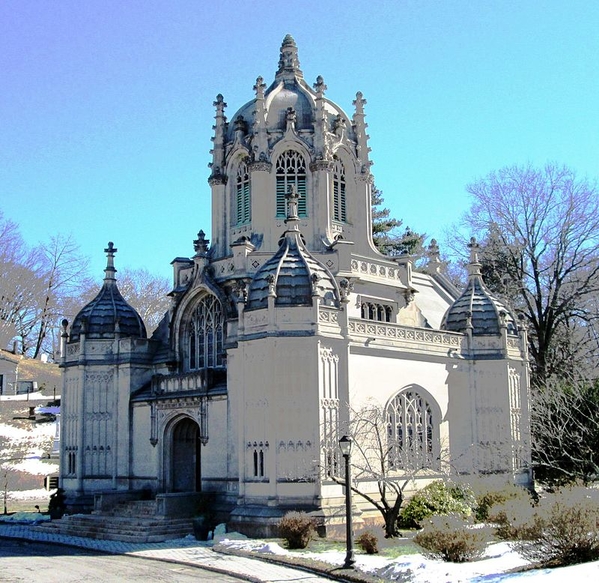
BeyondMyKen/Wikimedia
Most of this work has happened since 1999, when the cemetery was turned over to the Green-Wood Historic Fund, a non-profit created to preserve it, operate it and create educational programs and public outreach for it. Aside from the tours, it also puts on or encourages numbers of concerts and exhibits each year.
Cabeza de Mujer, by Javier Marin, is one of Greenwood's more recent sculptures. Unlike many others, it doesn't mark a grave. Neither does Frederick McMonnaies' Civic Virtue, a work whose images of male domination outlived its ideas. After 89 years opposite City Hall, it was exiled to a spot in Queens, where neighbors again objected; it, too, is now a 'permanent resident' of Green-Wood.
Here's a puzzling choice: Out of seemingly nowehere, a long serpentine row of graves with low back-to-back headstones snake across a field. Below it, a large vault seems ready to part company with the landscape.
Canada geese have made a home here...as has the Angel of Death, in a memorial to Brooklyn Mayor Charles Schieren. It was executed by a family friend, Solon Borglum, whose son went on to carve the faces on Mount Rushmore.
A tree forms an interesting sculpture of its own...
Detail from the cemetery gates...


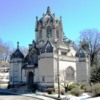
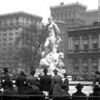
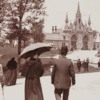

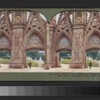


Comments (0)